I came across this short video: “The White Wolf” by Pierre-Luc Granjon. It is an 8 minute animation short about two brothers living in a small French village. Please pay attention to the story-line (I know it is an obvious thing to pay attention to): would it have been received well in US? Note that it is not more gruesome than “Snow White”… This is why cultural context is so important to product design and why I teach the class!
Cultural Differences
Conceptual Design, Cultural Bias, Cultural Differences, Ethnographic & User Data, Pipsqueak Articles, Product Design Strategy
Trolls, Dolls, and Poupees
by Olga Werby •
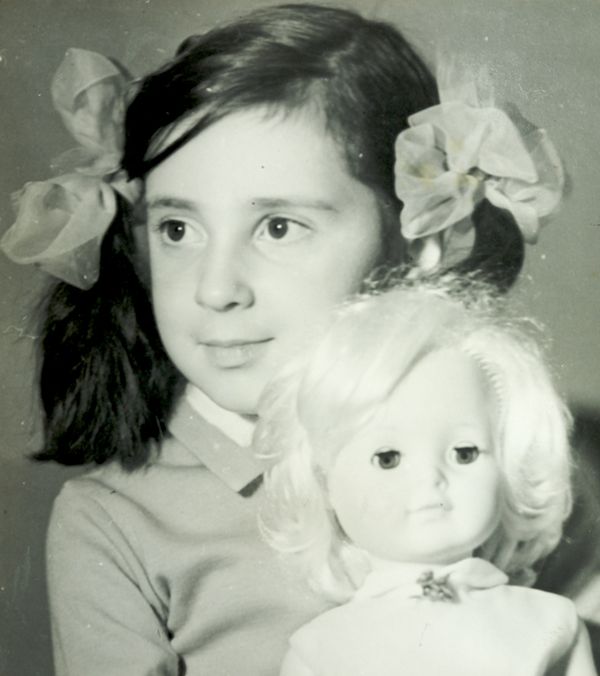
The first time I saw her, she was riding on a bus. Her hair was long and golden. Her eyes were amazing blue. She was stylishly dressed in a mini skirt and had a cool pair of earrings. But what got me—what burned that moment into my memory forever—was that her long slender legs bent without any visible joints. She was amazing. I wouldn’t see another like her until many years later, when my family was emigrating from Russia and living Vienna. Not far from the apartment we stayed in, there was a toy store and it was filled with wonders just like the one I remembered from so many buses ago: Barbie. When I was growing up in Russia, I played with dolls and poupees—all girls did. The dolls were made to resemble little kids, with big eyes, big heads, chubby cheeks, and cute clothes. I used old buttons and odd bits of cloth and lace to make them new clothes and bedding. My play mainly consisted of creating cool things for my dolls—I liked to sew and glue. And I don’t think that my play was all that much different from girls’ 100 years before—my dolls would have…
Cultural Bias, Cultural Differences, Interface Design, Mirroring Errors, Pipsqueak Articles
Context and Information Processing
by Olga Werby •
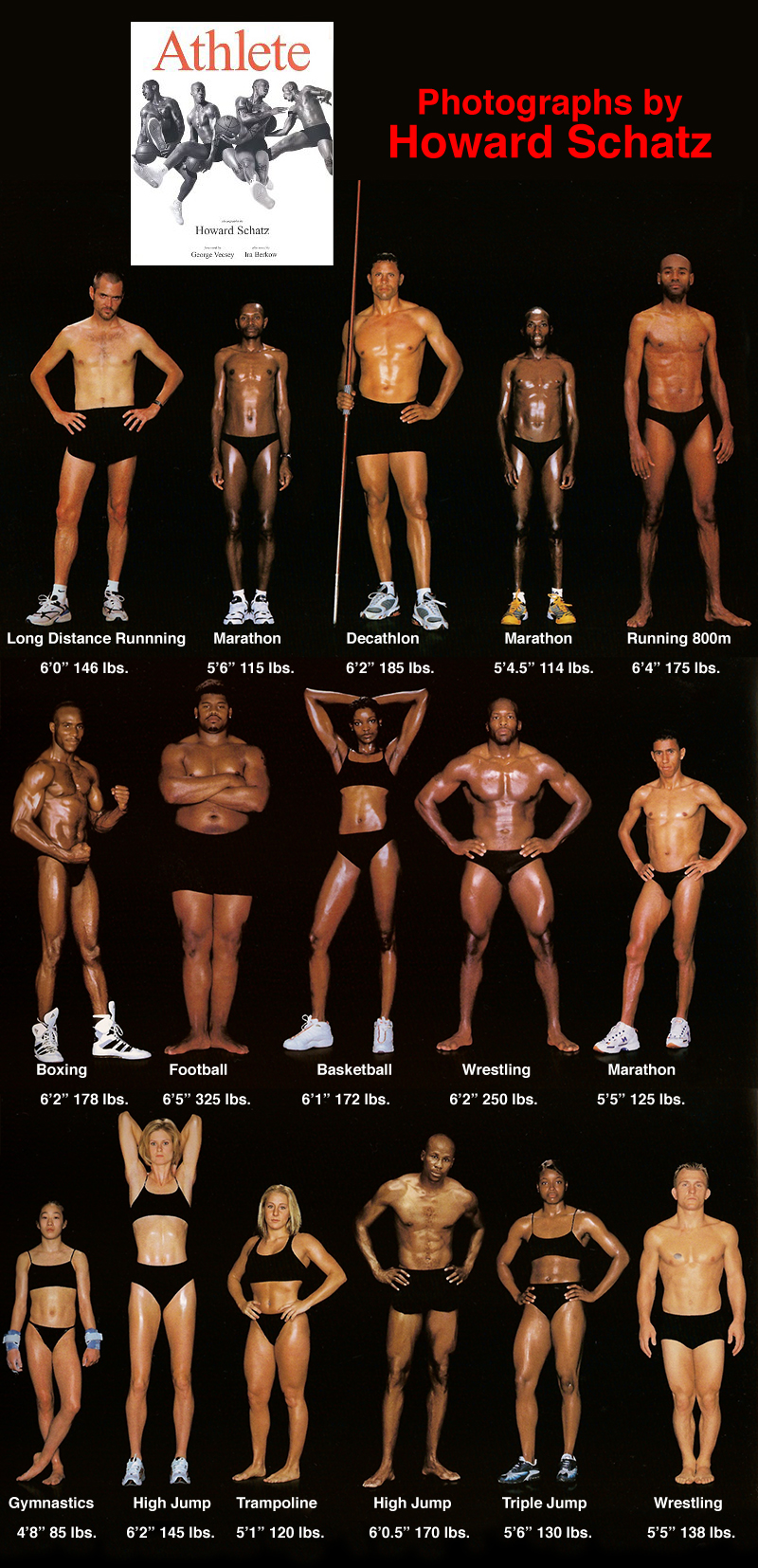
Sometimes a book comes along that demonstrates in a very effective way the meaning of perfect. There’s a saying: “I will know when I see it.” But our seeing and knowing is wrapped up in our cultural bias and prone to mirroring errors. This contextual confusion over categorization is often cited during the discussion of American blindness to fat—when everyone in a group is over weight, no one is. The book “Athlete” shows what’s normal for various athletic groups. And what’s normal to some is amazing to others…
Cognitive Blindness, Conceptual Design, Cultural Bias, Cultural Differences, Ethnographic & User Data, Mental Model Traps, Pipsqueak Articles
Thinking About Value
by Olga Werby •
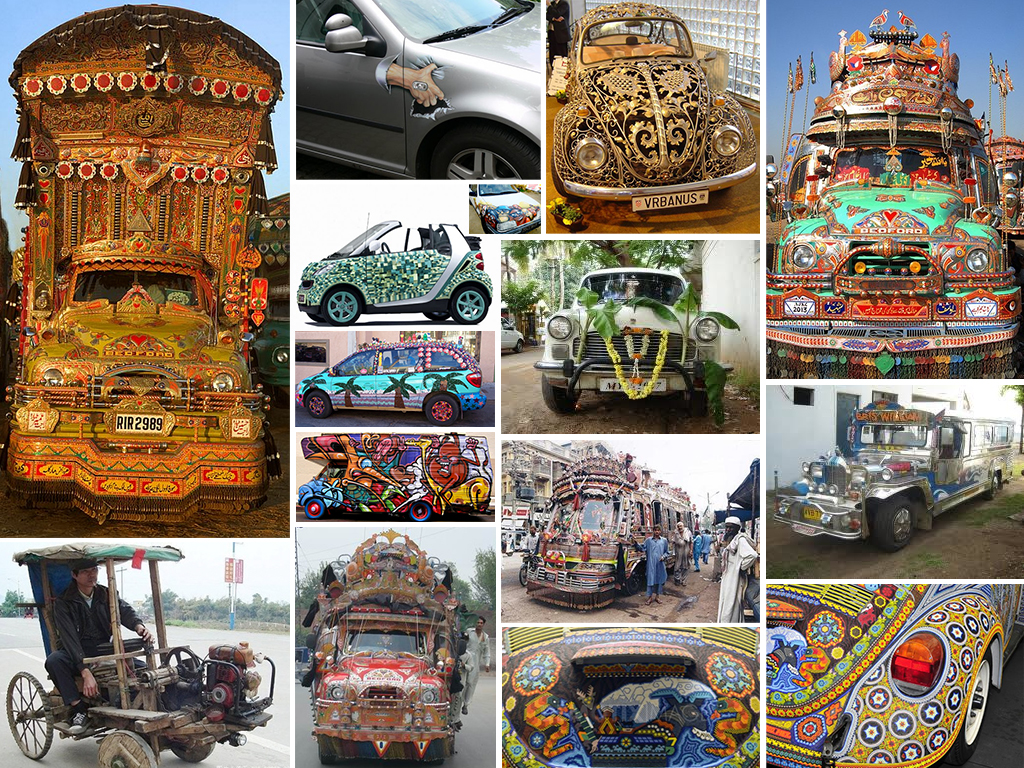
Which car do you find more pleasing? Which car would evoke a feeling of envy? Would you shake your head or starting thinking of how you can improve on the looks of your car? Which car’s origin would you place in the South Asia? Which in South America? Which owner cares about the aerodynamic qualities of the vehicle? Regardless of your personal feelings, the owners of these automobiles have clearly invested a tremendous amount of energy and effort into making them look like this and are very proud of the results! Telling a Story Each of the vehicles above tells a story about its owner and about its culture. The story conveys information: the owner’s goals for the car: utility or status symbol or both cultural value of design cultural symbols owner’s attitude towards possessions (e.g.: How long is the car expected to stay with one owner?) owner’s place in the social hierarchy owner’s unique identity owner’s investment into the vehicle (e.g.: time, money, skill, etc.) the perceived value of the vehicle to its owner These stories of cars and their owners change from culture to culture, from place to place, and of course in time. What we consider beautiful…
Cognitive Blindness, Cultural Differences, Diagnostic Errors, Errors, Ethnographic & User Data, Mental Model Traps, Pipsqueak Articles
Cultural Differences or Child Abuse?
by Olga Werby •

Sometimes, it’s in the eye of the beholder. Consider the images below: Is this child being physically tortured? The little girl is the photo is about 5 or so. The temperature of the air around her seems to be about the same: 5 F°. The temperature of the water is below freezing. The child is freaking out and is in serious danger of hyperthermia. So how do we judge the adults in this photo? The winter-coated men dunking the girl into the ice-cold water think they are doing good by this child! This is the right of Epiphany–a religious act meant to help the girl. How do we evaluate the social value of such act from the comfort and warmth of our computer lit rooms? How do you feel about this photo? If you’re not sure yet, follow this link: http://video.mail.ru/mail/mimozachina/2688/2690.html My personal feeling is that if zoo keepers saw this kind of behavior in the primate house, the baby ape would have been taken away due to its mother’s lack of parenting skills. But then again, I’m just imposing my cultural views and norms on someone else…or am I? The Call of Mother Tigers, Mother Grizzlies, Mother Dolphins… There…
Conceptual Design, Cultural Differences, Pipsqueak Articles, Product Design Strategy
ICT & Human Rights: A Round Table Discussion at IADIS 2011 Conference
by Olga Werby •
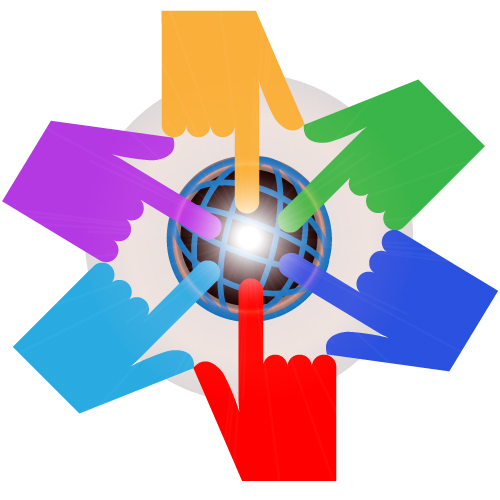
IADIS conference on ICT, Society and Human Beings, Rome, July 24-26, 2011 Proposal for a Joint Multi-conference Session Title: ICT and Human Rights: A Round Table Chair/Organizer: Olga Werby Background and Purpose Information and Communication Technologies (ICT)—internet, web, and social media—are fast becoming a comprehensive repository and soon an archive of human knowledge. With access to ICT, an individual can become informed on everything from healthcare issues to civic problems to legal concerns. One hundred years ago, people were discussing the need for basic literacy and its impact on the human condition. Today, we should be discussing digital literacy and access in the same way. Digital literacy can be seen as a basic human right. Individuals can also impact society, react, and reach out. ICT is both a powerful tool for materializing human rights and is also challenging human rights. I propose a Round Table Session, which is open to all participants of IADIS multi-conferences, to be titled “ICT and Human Rights.” This session would provide a forum on cross-disciplinary research and development, and action, in the fields of what rights are important and can be better facilitated by ICT in: e-Democracy, ICT and Society, e-Culture, e-Health, e-Learning, human-computer interaction,…
Anchoring Errors, Causal Net Problems, Cognitive Blindness, Conceptual Design, Cultural Bias, Cultural Differences, Errors, Group Decision Errors, Mental Model Traps, Mirroring Errors, Misapplication of Problem Solving Strategies, Pipsqueak Articles, Product Design Strategy, Scaffolding
TSA: the Good, the Bad, and the Ugly
by Olga Werby •
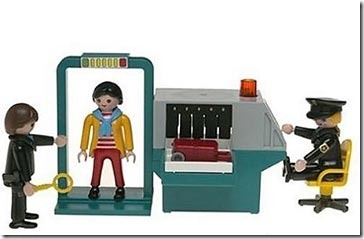
There has been a lot of stories lately about the Transportation Security Administration (TSA), and most have been less than flattering (to say the least). How can an agency that was designed to “serve and protect” the citizens of the United States from harm evoke such wrath from ordinarily shy and non-vocal travelers? This blog is about product design, and so my analysis of the situation will treat this as a failure of product design. Where are the failures? Mistake #1 TSA Conceptual Design: Blocking There are bad guys out there that want to do us—citizen travelers from US—harm. There are the box-cutter carrying terrorists, the shoe-bombers, the liquid explosives bandits, the underwear-bombers, the printer cartridge explosives engineers. TSA installed airport security measures that would counteract each of these threats as they revealed themselves. The basic conceptual design strategy here is blocking: identify a threat and find an effective block. This is a strategy based on hindsight: if we knew that people could sneak bombs in their underwear, then we would have had a way to block it. We didn’t know, but now we do, and so we created systems to block this threat in the future. TSA Game Plan: Escalating…
